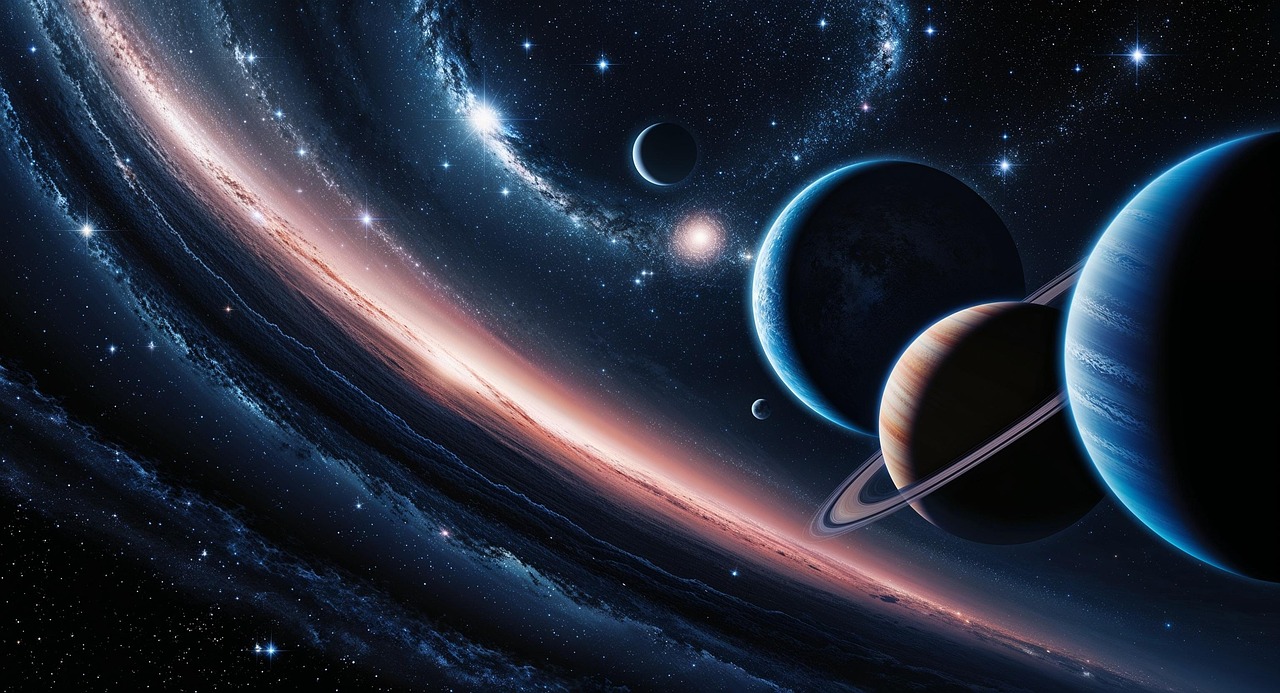Image by Jorge Guerrero from Pixabay
Astronomers uncover a cosmic surprise: most planetary systems have super-Earths, but ours doesn’t. What makes us so different?
A Milky Way Mystery Unfolds
For decades, scientists assumed our solar system was a typical example of how planetary systems form. But a new discovery is flipping that idea on its head.
Using a technique called gravitational microlensing, a team of international astronomers has found that planets larger than Earth but smaller than Neptune—known as super-Earths—are actually widespread in the Milky Way, especially in the colder, outer regions of solar systems.
What’s strange? Our own solar system doesn’t have a single one.
Microlensing: Nature’s Own Telescope
Unlike other planet-hunting methods that focus on bright stars or planets close to their suns, microlensing lets astronomers detect distant planets hidden in the shadows. This technique relies on gravity itself—when a planet passes in front of a distant star, it bends and amplifies the star’s light, revealing the planet’s presence.
Thanks to data from the Korea Microlensing Telescope Network (KMTNet), which spans observatories in Chile, South Africa, and Australia, researchers analyzed an enormous number of microlensing events—three times more than in previous studies. This expanded view allowed them to spot planets up to eight times smaller than those previously detected.
Our Solar System: A Cosmic Oddball?
The results suggest something radical: planetary systems like ours—with small rocky planets inside and giant gas planets outside—may actually be rare.
Instead, most systems seem to favor the “middle ground”—hosting super-Earths in outer orbits where we only have giants like Jupiter and Saturn. These findings challenge the long-held idea that our solar system is the gold standard.
Rethinking How Planets Form
This isn’t just a fun fact—it has huge implications for how we think planets are born. Traditional theories, mostly based on our solar system, might be missing the bigger picture.
“This gives us a much clearer view of how cold planets form across the galaxy,” said one of the researchers. As the team continues to collect even more data, they hope to refine these theories and understand why super-Earths are so common—everywhere except here.
What Else Are We Missing?
If super-Earths are so common, what else might be out there? Could these worlds host life? Do some have oceans, clouds, or even atmospheres like ours?
As microlensing and other advanced methods reveal more of the universe’s secrets, one thing’s for sure: the cosmos is full of surprises—and we’re just beginning to understand how rare, or perhaps how lucky, our little blue planet really is.
🔭 Want to explore more about the hidden worlds beyond our solar system?
Stay curious and keep reading DailySciTech.com, where we explore the most fascinating frontiers of science and discovery.










